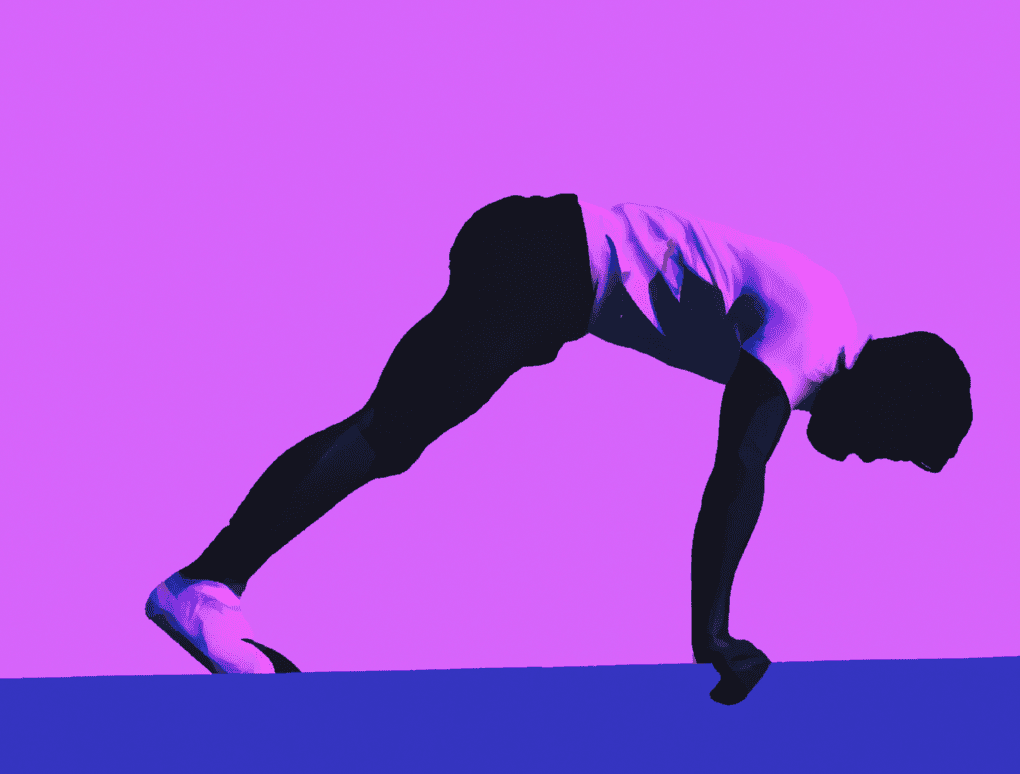Today, I want to share with you a personal journey that has transformed my life. It’s a journey that began with a simple question: “How can I stay fit in a way that aligns with my minimalist lifestyle?” Like many of you, I’ve tried numerous workout routines, gym memberships, and fitness fads. I’ve spent countless hours in the gym, followed complex workout routines, and invested in expensive equipment. But all these approaches seemed to complicate my life rather than simplify it. They were time-consuming, often stressful, and ultimately unsustainable. Then, I discovered the concept of minimalist workouts, and it revolutionized my approach to fitness.
Understanding Minimalist Workouts
So, what exactly are minimalist workouts? As the name suggests, they are all about simplicity and efficiency. They strip away the unnecessary complexity often associated with traditional workouts and focus on the basics. Minimalist workouts emphasize functional movements that use multiple muscle groups and mimic the activities we do in our daily lives. They often rely on bodyweight exercises that can be done anywhere, anytime, without the need for any equipment. The beauty of minimalist workouts lies in their flexibility – they can be as short or as long as you need them to be, and they can be easily adapted to suit your fitness level.
My Personal Experience with Minimalist Workouts
When I first transitioned from traditional workouts to minimalist workouts, I faced some challenges. I was used to spending hours in the gym, following complex workout routines that targeted specific muscle groups. The idea of simplifying my workouts was appealing, but it was also a bit daunting. Could I really get a good workout with just a few simple exercises?
As I started to incorporate minimalist workouts into my routine, I quickly realized the answer was a resounding yes. I was working out less, but I was working out smarter. I was focusing on quality over quantity, and my body responded positively. I started to see improvements in my overall strength, flexibility, and endurance. I also found that I was spending less time working out, yet achieving better results.
Key Elements of a Minimalist Workout
The key elements of a minimalist workout are functional movements, bodyweight exercises, and intensity. Functional movements are exercises that use multiple muscle groups and mimic movements that we do in our daily lives. These could include squats, lunges, push-ups, and pull-ups.
Bodyweight exercises are great because they require no equipment and can be done anywhere. They’re also incredibly versatile. With just a handful of bodyweight exercises, you can create a wide variety of workouts to target different muscle groups and meet different fitness goals.
As for intensity, the idea is to make the workout as efficient as possible, which often means making it more intense but shorter. This approach not only saves time but also can lead to better results. High-intensity workouts have been shown to improve cardiovascular fitness, increase muscle strength, and boost metabolism.
How to Create Your Own Minimalist Workout
Creating your own minimalist workout is simple. Here’s a step-by-step guide:
- Choose Your Exercises: Pick a few functional, bodyweight exercises. For beginners, this could be squats, push-ups, and lunges. For more advanced exercisers, you could include burpees, pull-ups, and pistol squats.
- Decide on Your Routine: You could do a circuit (performing each exercise one after the other with little rest in between), sets (performing a set number of repetitions of one exercise before moving on to the next), or intervals (alternating periods of high-intensity exercise with periods of rest).
- Determine Your Intensity: This will depend on your fitness level. The goal is to make the workout challenging but doable. Remember, it’s better to do a shorter, more intense workout than a longer, less intense one.
Here are a couple of example workouts:
Beginner Workout
- Squats: 15 reps
- Push-ups: 10 reps
- Lunges: 10 reps each leg
- Plank: 30 seconds Repeat the circuit 3 times.
Advanced Workout
- Burpees: 10 reps
- Pull-ups: 10 reps
- Pistol squats: 5 reps each leg
- Mountain climbers: 30 seconds Repeat the circuit 3 times.
Remember, these are just examples. The beauty of minimalist workouts is that they can be easily customized to suit your needs and preferences. You can add more exercises, adjust the number of repetitions, or change the order of the exercises. The key is to listen to your body and find a routine that challenges you but is also enjoyable and sustainable.
The Impact of Minimalist Workouts on My Life
Adopting minimalist workouts has had a profound impact on my life. On a physical level, I’ve seen improvements in my fitness level. I’m stronger, more flexible, and have better endurance. But the benefits have gone beyond the physical.
On a mental level, minimalist workouts have helped me develop discipline, focus, and resilience. They’ve taught me that I’m stronger than I think and that I can overcome challenges with determination and perseverance.
On a lifestyle level, minimalist workouts have freed up time in my day. I no longer spend hours at the gym. Instead, I can get a great workout in just 20-30 minutes, leaving me more time to spend on other things that I love.
But perhaps the most significant change has been in my mindset. I’ve learned to appreciate the beauty of simplicity in fitness, just as I have in other areas of my life. I’ve realized that I don’t need fancy equipment or complex routines to stay fit. All I need is my body, some space, and a commitment to my health.
Conclusion
If you’re looking for a simple, efficient, and effective way to stay fit, I encourage you to give minimalist workouts a try. They’ve made a significant difference in my life, and I believe they can do the same for you. Remember, the goal of minimalism isn’t just to have less; it’s to make room for more – more time, more energy, more peace, and more health. Here’s to living simply and moving well.









